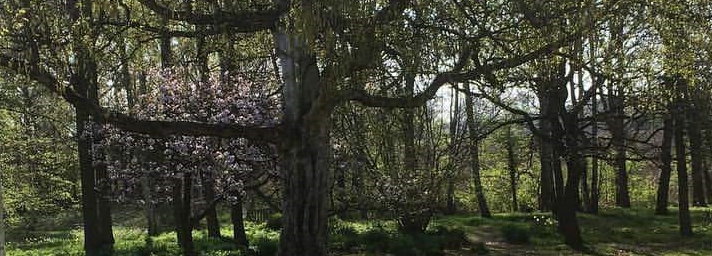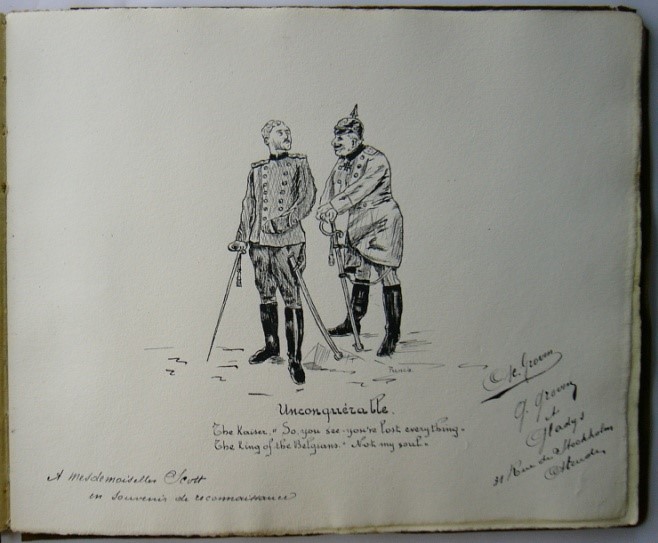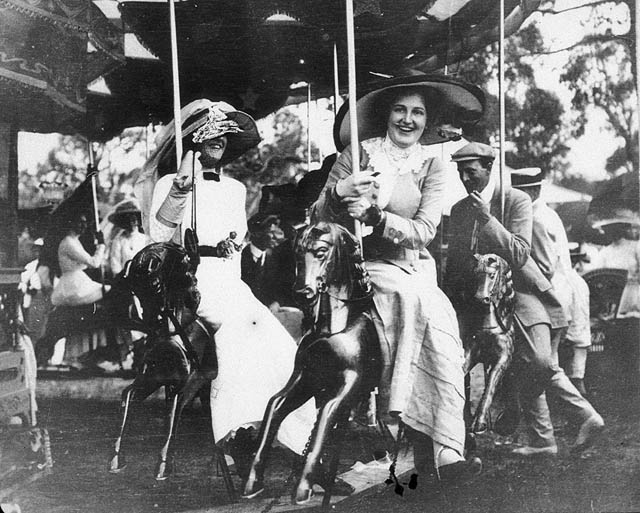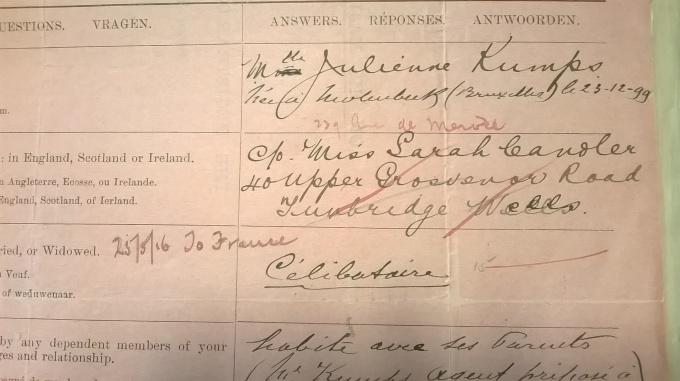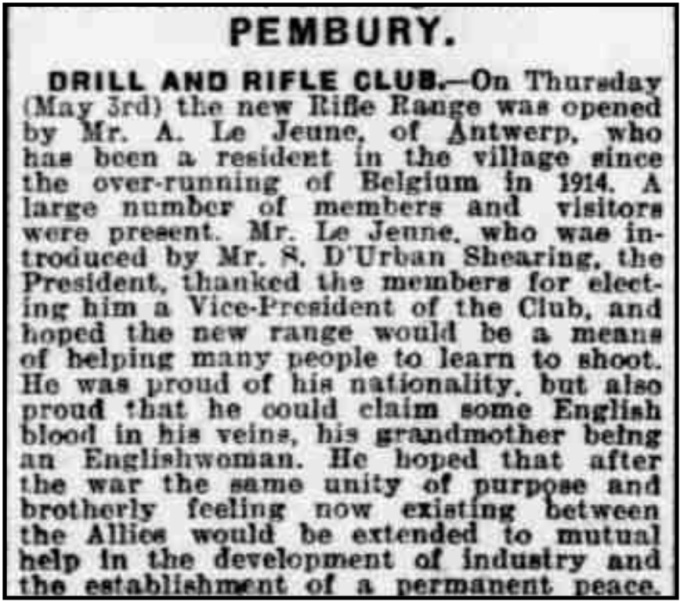It’s been a while. The research continues and I’ve a couple of articles in the pipeline, but I do so struggle to write up! So I thought it was about time I completed the piece I had started on 8 April 2018 (yes – 2 1/2 years ago!!) following a day devoted to organist, composer and campanologist, William Wooding STARMER.
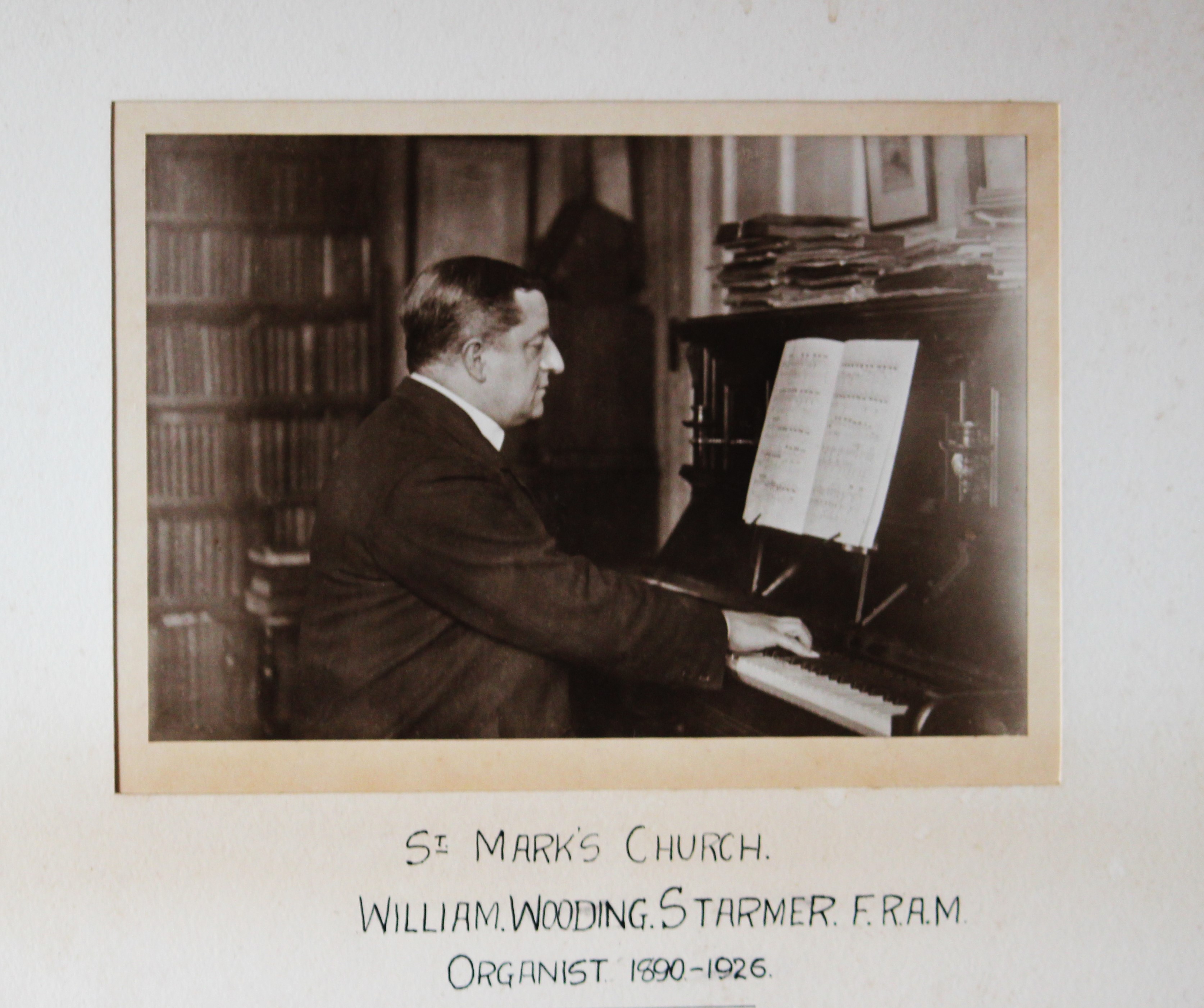
W.W. STARMER (1866-1927) is on my radar because of his friendship with the great “Mechlin bellmaster” Josef DENYN, one of those who took refuge in Tunbridge Wells with his family. In September 1914 the Courier newspaper published details of a letter sent to Mr STARMER by Mr DENYN which gave a vivid account of the destruction of the town of Mechelen and its church. Soon Mr DENYN and his family would be in Tunbridge Wells, at first lodging with Mr and Mrs STARMER, before being housed by the Mayor’s Refugees’ Committee at 72 Pennington Road, Southborough, and then, from sometime in 1915, at 3 East Cliff Road, St Johns.
My interest in DENYN and carillons led me to contact the British Carillon Society, eliciting a response from society member, Scott Orr, who revealed he is himself currently researching William Wooding STARMER.
Almost 2 1/2 years ago (it seems like yesterday!) on 7th April 2018 we met up in Tunbridge Wells.
First we visited St Mark’s Church (Wikipedia link) where “W.W.” was organist for 38 years from the end of April 1888 (though I noted the picture above says 1890). While there he was responsible for setting up a robed choir which included women in the soprano and alto sections – the only church choir in Chichester Diocese at the time which included robed women taking the soprano and alto parts. The choir visited Belgium on a number of occasions – no doubt thanks to Starmer’s association with Jef DENYN and the carillon community. But I’m getting ahead of myself!
The youngest of 4 children, William Wooding STARMER was born in Wellingborough, Northamptonshire, on 4 November 1866 to shoemaker Edwin and his wife Emma. He was educated at Wellingborough Grammar School where he must have been a keen cricketer as I have found his name among the winners of the cricket-ball throwing contest at the school’s sports day (for which he was also a member of the organising committee) in 1883. And clearly also an excellent musician as in the Autumn of the same year, just before his 18th birthday, and while still at school, he was appointed organist to William Compton, the 4th Marquess of Northampton, whose family seat was at nearby Castle Ashby

According to an article about him which appeared in the Musical Herald in 1907 (quoted in the Kent & Sussex Courier of 10 May 1907), that same year, 1883, “he decided to take up music as a career, and his father gave him the option of being articled to a cathedral organist or of studying at the Royal Academy of Music. On the advice of Sir George MacFarren (2) he chose the latter.”
“There is much to be said,” he remarked, “in favour of serving an apprenticeship to a good cathedral organist if you intend to make church music your single aim, but I am convinced that I got a much wider experience at the Academy that I should have done at a cathedral, and as most of us have to become general practitioners in music, or at least to be qualified for whatever line of work presents itself, I feel that I did the right thing.”
“W.W.” gained a BMus from Cambridge University in 1888, and was elected an Associate of the Royal Academy of Music (ARAM) in 1889 (Fellowship followed in 1906).
By this time he was well settled in Tunbridge Wells.
But what had brought him here? It would seem that his older brother George Henry STARMER could well have led the way. Some 15 years older than William, and also a musician, he had been appointed Music Master at Highbury House School in St Leonard’s on the Sussex coast in 1872 (3). There he met his future wife, Annie SHEPHERD, who had been a governess at the school for several years – an account in the school magazine of a concert held at the school in 1876, reports that the Concert arrangements were “headed by our enthusiastic and indefatigable music master, Mr Starmer” and that “Miss Shepherd sang in her customary and pleasing manner, the song “I love the merry, merry sunshine” and was deservedly applauded to the echo” . (4)
The young couple married in Hastings the following year and moved to Tunbridge Wells, where the new Mrs Starmer opened a boys’ school at their home on Upper Grosvenor Road (1 Lyndhurst Villas), and her husband became organist at St Peter’s Church on Bayhall Road – a post he held for the next seven years, until 1885. (5)
In June 1884 “W.W.” was appointed organist at St Peter’s Church in Pembury, and in November the following year he moved to Emmanuel Church, Mount Ephraim, till finally being appointed organist at St Mark’s Church in the spring of 1888 – a position he was to hold until his resignation in 1926.
In April 1901 Starmer married the Honorable Florence Emily Frances SOMERVILLE of Guildford Road, Tunbridge Wells, daughter of the late Anglo-Irish Liberal politician Sir William Meredyth Somerville, in a quiet ceremony from the bride’s aunt’s and uncle’s home in Ealing, and together they had a son and a daughter.
In September 1893 he became Conductor of the Tunbridge Wells Vocal Association, an organisation which had been founded as the Tunbridge Wells Choral Association in 1852 (Courier, 28th October 1927) and was one of the oldest organisations of its time. Starmer would be its conductor until spring 1926 when he also resigned at organist and choirmaster of St Mark’s to take up a similar post at East Grinstead Parish Church.
Meanwhile he built up for himself a high reputation in the music world (Courier, 19 February 1926), becoming a leading authority, “of European repute”, on campanology – the art of bell-ringing – and much in demand as a lecturer on the subject – once defiantly ploughing on through an air raid during the First World War as recalled by a writer to the Courier in 1927, as well as as an international competition adjudicator, notably at the Carillon Competition in Josef DENYN’s home town of Mechelen, Belgium, in 1910, as well as as an examiner at the School of Carillon Playing there. In 1924 he became Professor of Campanology at the University of Birmingham, “the only professorship of campanology at any University in the world” reported the Courier newspaper. He was not only an authority on change-ringing and carillon playing, but also a mechanical expert, and his knowledge of founding and tuning of bells was well-known at foundries in Britain and Europe – he would often actually superintend the casting and tuning of bells at the foundries.
A measure of his fame is surely the fact that Sir Edward ELGAR’s carillon piece Memorial Chimes, composed in 1923 for the inauguration of the Loughborough War Memorial Carillon, was dedicated to him – and played on the occasion by none other than the great Mechlin bellmaster, Jef DENYN. And indeed only a few years earlier, in 1919, a composition of Starmer’s had featured in Jef DENYN’s “Peace Concert” on the carillon in Mechelen Cathedral.
In 1926, after 38 years at St Mark’s, William Wooding STARMER resigned. We don’t know why, other than that he was offered a job in East Grinstead by the new vicar there, the Reverend Golding GOLDING-BIRD, a close friend, but it must have been a sad day for St Mark’s and for the town. The 1907 had article concluded : “Mr Starmer infuses into his work much animation and humour. One cannot imagine any of his pupils being dull. He attacks his work as if it were play … Mr Starmer is indeed a real force for good in Tunbridge Wells and is worthy of the great respect and esteem in which he is held as a gentleman and as a musician. His investigations on bells entitle him to national regard.”
Mr STARMER, in his farewell speech at St Mark’s, quoted in the Courier of 23 April 1926, said that “his decision to go to East Grinstead was arrived at conjointly between the vicar and himself “ and that “he did not want to place any responsibility on the Vicar, but his decision was greatly influenced by considerations that were discussed between them” and that “that was as things should be between a Vicar and the Organist”.
Sadly William Wooding STARMER must already have been in poor health – maybe he knew? – as he was to breathe his last in a Tunbridge Wells Nursing Home only 18 months later on 27 October 1927, just short of his 61st birthday and following an operation – from which he had been expected to recover. His obituary in the Courier (28 October 1927) mentioned that it had been his intention to build a house in East Grinstead, but his address when he died was the town’s Red Lion Hotel. In the archives at The Keep in Brighton are plans dated 1905 for a charming “arts and crafts” cottage in Hartfield which was never built – was that the property in question?
After our visit to St Mark’s Church, Scott and I set off on pilgrimage to the various addresses in Tunbridge Wells at which “W.W.” had lived – Upper Grosvenor Road where his brother’s wife had had her school, 26 Dudley Road, 6 Warwick Park, 20 Warwick Park, and finally, 52 Warwick Park where he and his wife lived from about 1912 until 1926, and where we spotted a Royal Tunbridge Wells Civic Society plaque. “Aha!” we thought! But no, it wasn’t in honour of our musician, but rather of V.C. recipient Lionel Ernest QUERIPEL, killed at Arnhem in 1944, who had moved here as a child in 1926 – the very year the Starmers moved to East Grinstead.
Our pilgrimage ended at Tunbridge Wells Borough Cemetery where William Wooding Starmer was laid to rest on 28 October 1927 following a choral funeral service at St Mark’s Church.
“Placed on the grave was a beautiful floral tribute from the widow, son and daughter. This took the form of a large bell in brown and yellow chrysanthemums, with a clapper in red carnations.” (Kent & Sussex Courier, 4 November 1927)
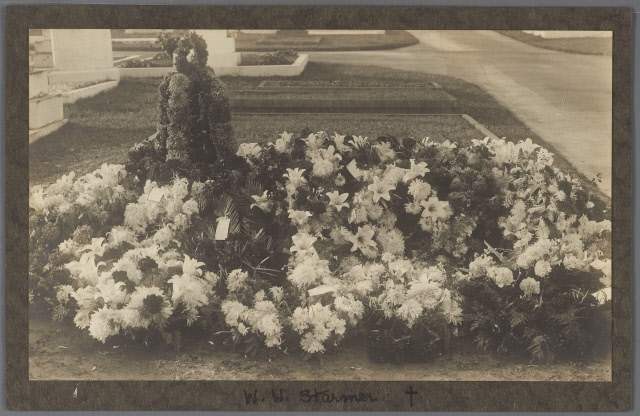
William Wooding STARMER’s grave November 1927 – Photo credit https://www.regionalebeeldbank.be/beeldbank/1386301
In August 1929 the Courier reported that a “movement was on foot” to place a memorial to William Wooding STARMER in St Mark’s Church, the church where he had spent so many years, but sadly it never came to fruition.
Maybe it’s not too late?
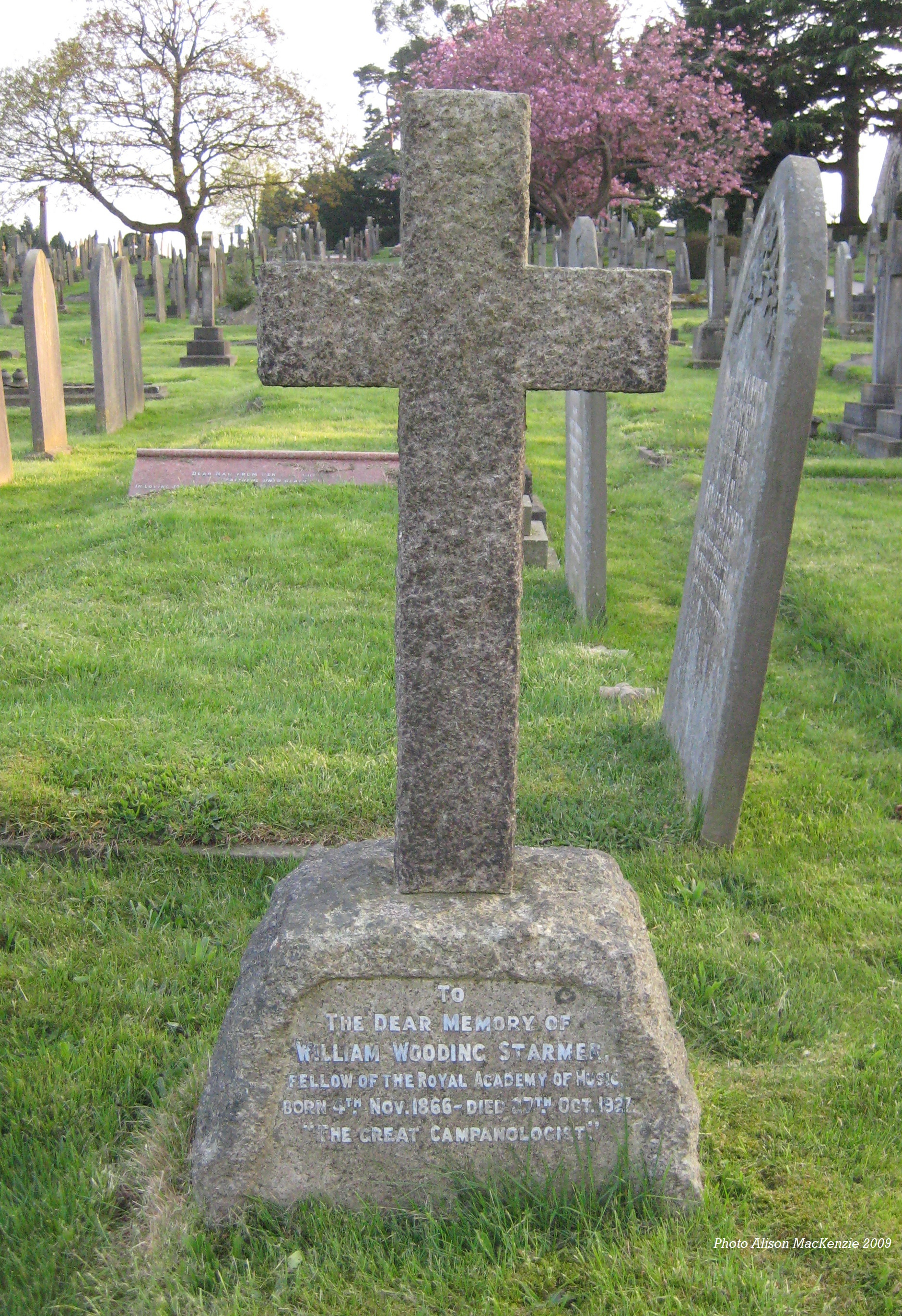
(1) Kent & Sussex Courier, 27 April 1888 “Mr W. Starmer… who has held the office of organist and choir master at Emmanuel Church during the past two years, has been appointed to a similar position at St Mark’s, Broadwater, and will enter on his duties there next week.”
(2) Sir George Alexander MacFarren (1813-1887), English composer and musicologist, professor of Music at Cambridge University from 1875, and principal of the Royal Academy of Music 1876-1887
(3) I discovered that the Headmaster of Highbury House School from 1870 until around 1877 was the Rev. William WOODING, a Congregational (and later Unitarian) Minister with Wellingborough connections. I would love to know whether W.W STARMER’s middle name “Wooding” is a reference to this family; a connection which could also account for George STARMER’s appointment as Music Master at Highbury House. The Rev. William WOODING married Emily ASQUITH (the sister of future Prime Minister Henry Herbert ASQUITH) in 1878 – they had been neighbours in St Leonards according to the 1871 Census. Rev. WOODING went on to be a Master at the City of London School – H.H. ASQUITH’s alma mater…
(4) “The Thistle”, Highbury House School Magazines 1876-1888 (East Sussex Records Office, The Keep, Brighton)
(5) From various articles in the Kent & Sussex Courier, I find that the following year, in November 1886, G.H. STARMER took over widow Eleanor NYE’s Grosvenor Music Warehouse business which she and her husband had run at 6-7 Grosvenor Road for many years; by 1896 the business was at 55 Mount Pleasant Road; and in Spring 1909 he took over the Elliott & Son Music dealer’s premises at 46 High Street, and re-opened the shop as Elliott and Starmer. George STARMER died in 1923 (his wife Annie had predeceased him in 1909) and his music shop was incorporated into Murdoch’s “Great Piano House” at the High Street premises. In the Courier newspaper of 16 October 1914, G.H. STARMER’s name is on a list of those who had made donations in kind to the Belgian refugees at Clayton’s Farmhouse – I’d like to think that his donation might have been a piano…


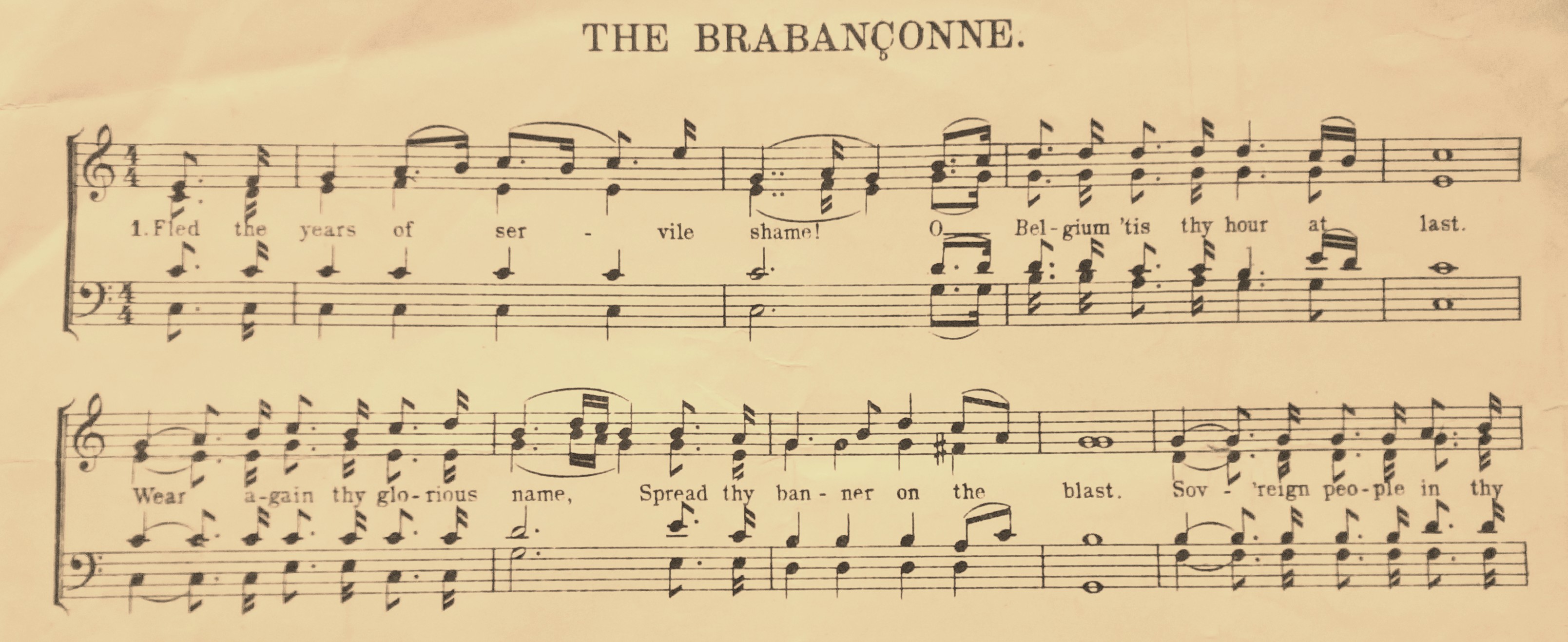
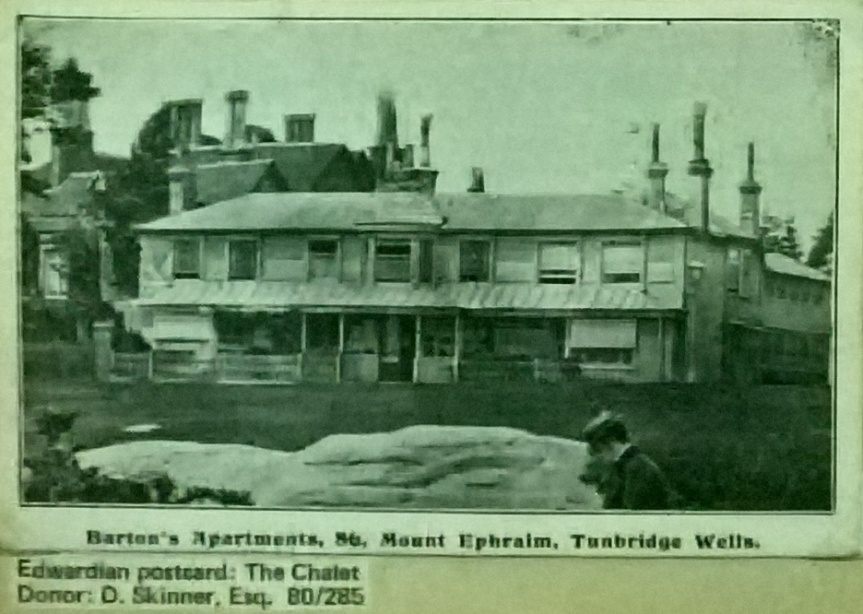
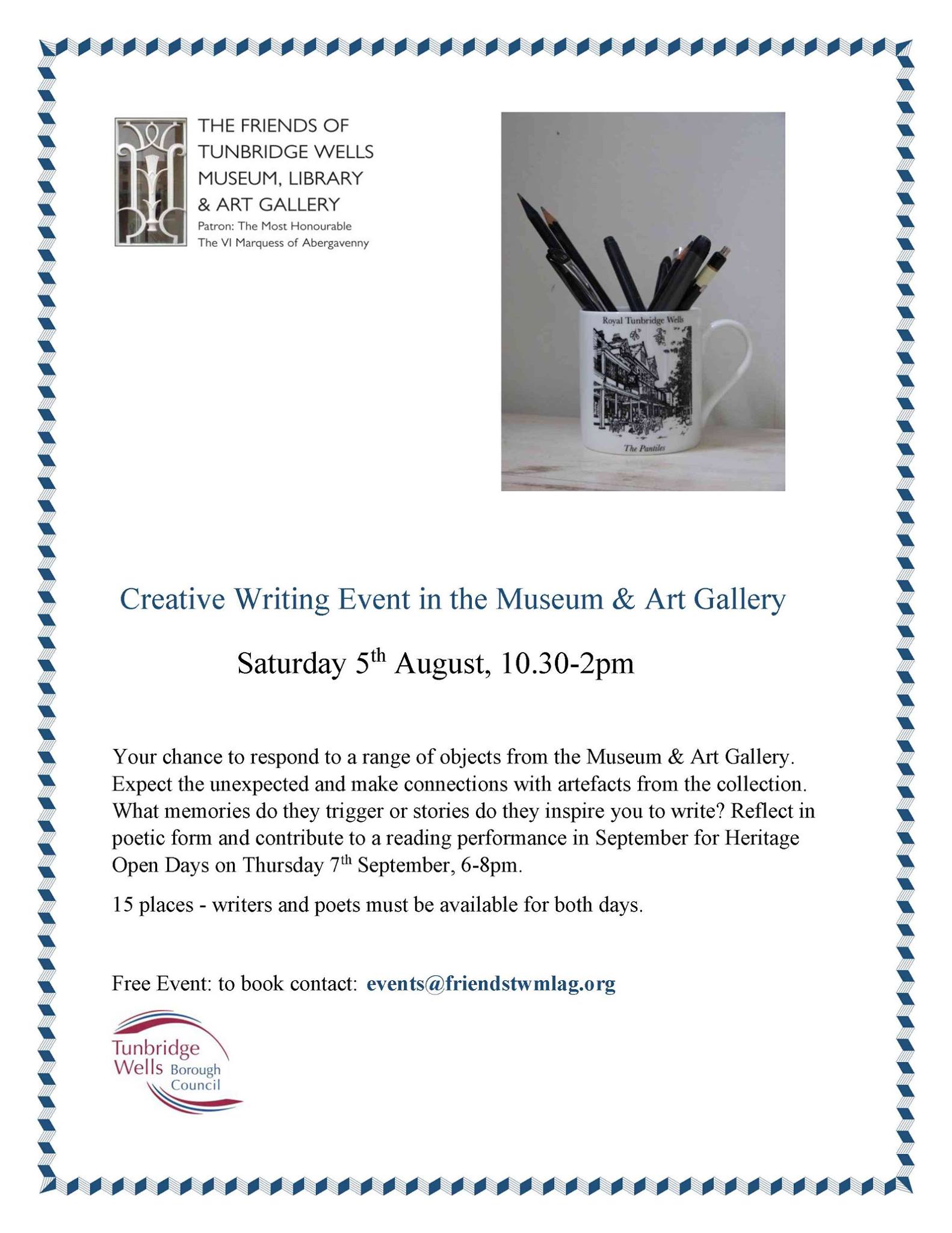 The piece was inspired by the Tunbridge ware exhibits in the Museum – I had previously discovered a link between Tunbridge ware maker Thomas Barton and the town’s refugees from Belgium.
The piece was inspired by the Tunbridge ware exhibits in the Museum – I had previously discovered a link between Tunbridge ware maker Thomas Barton and the town’s refugees from Belgium.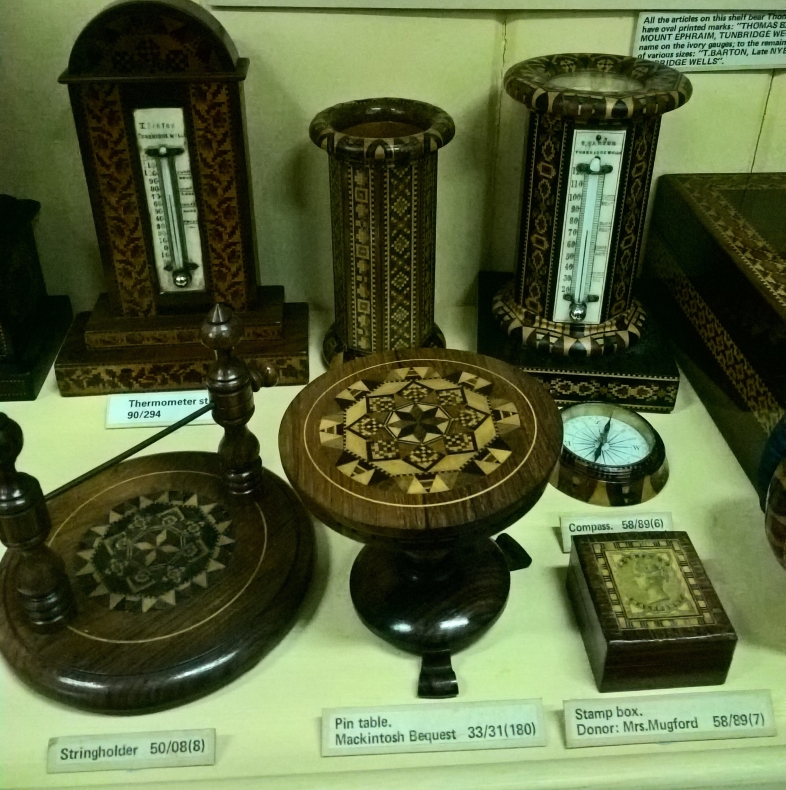
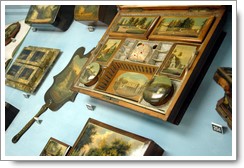

 Kate and Frank GIELGUD’s third child, Arthur John GIELGUD, the future Sir John GIELGUD, actor and director, was born on 14 April 1904, followed by sister Frances Eleanor in 1907. I wonder whether they spent any other holidays in Tunbridge Wells?
Kate and Frank GIELGUD’s third child, Arthur John GIELGUD, the future Sir John GIELGUD, actor and director, was born on 14 April 1904, followed by sister Frances Eleanor in 1907. I wonder whether they spent any other holidays in Tunbridge Wells?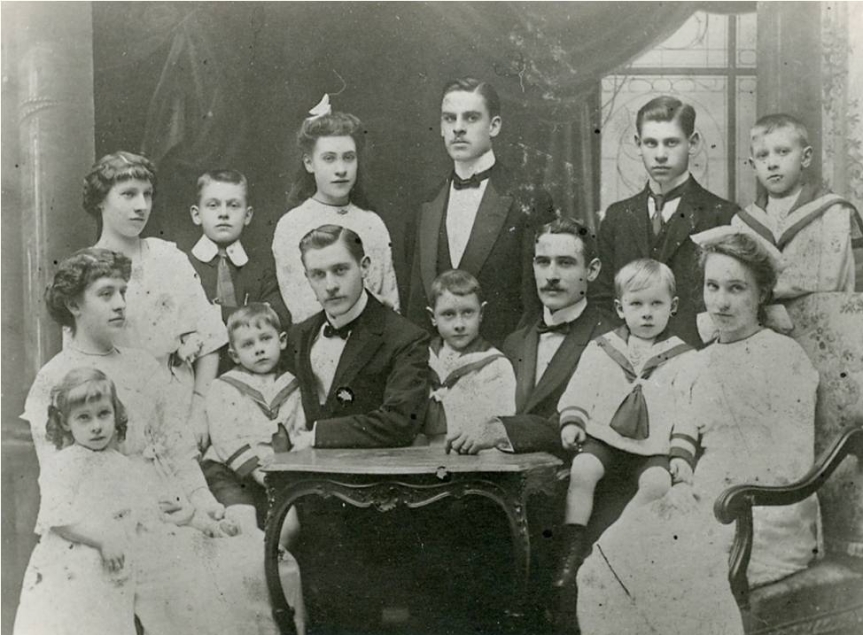
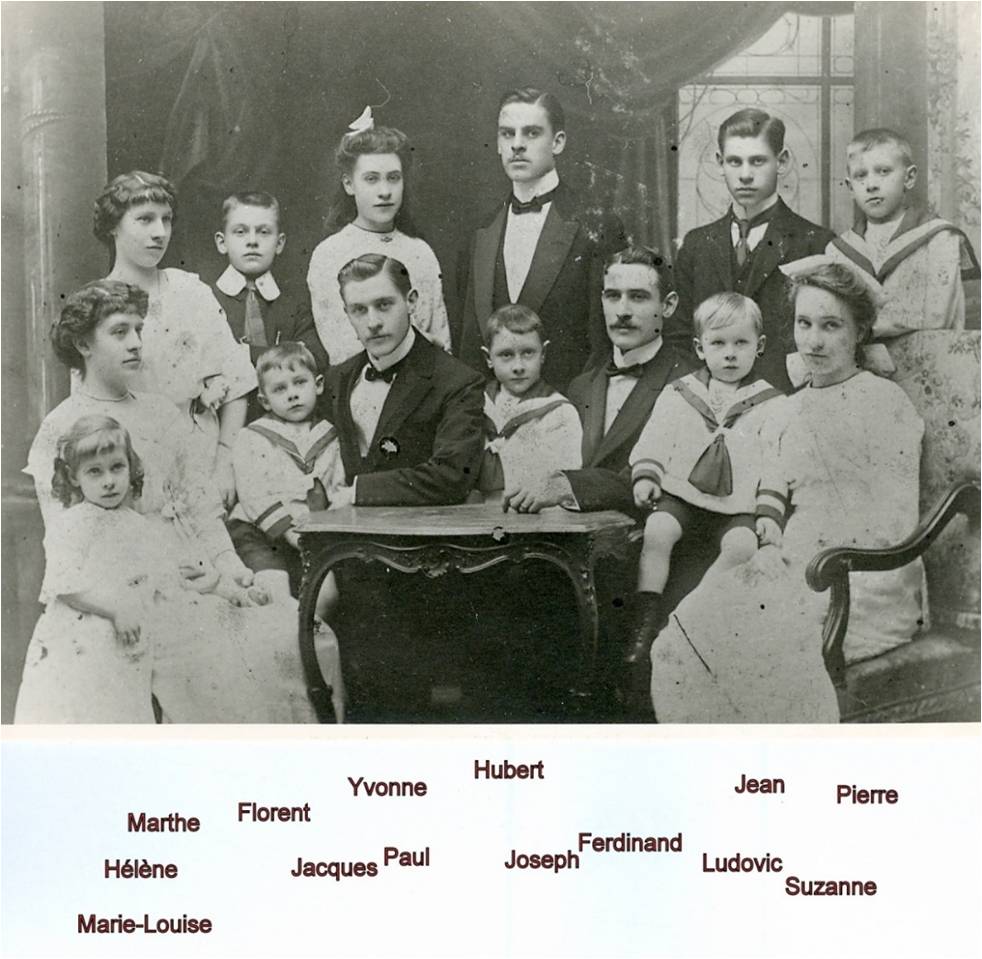




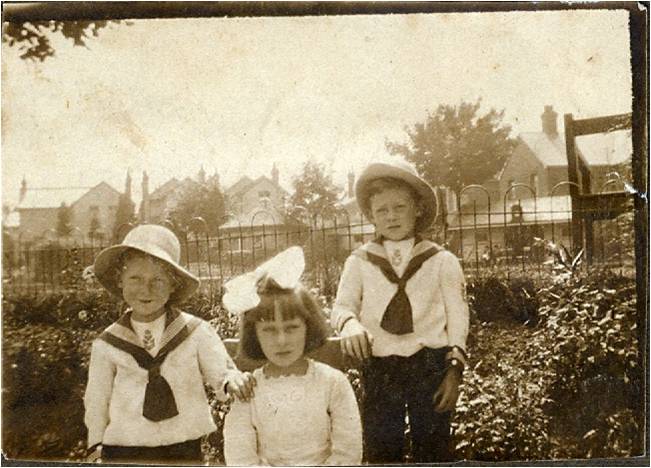



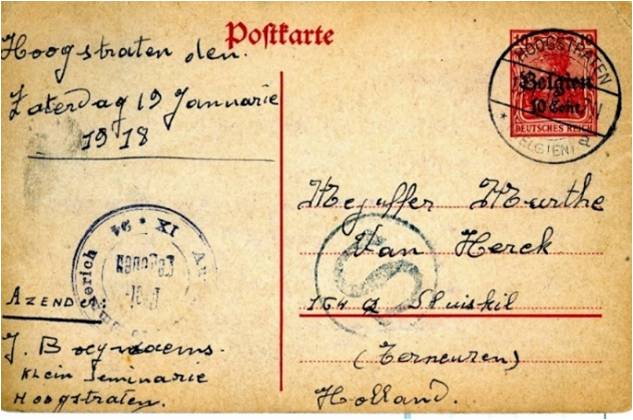
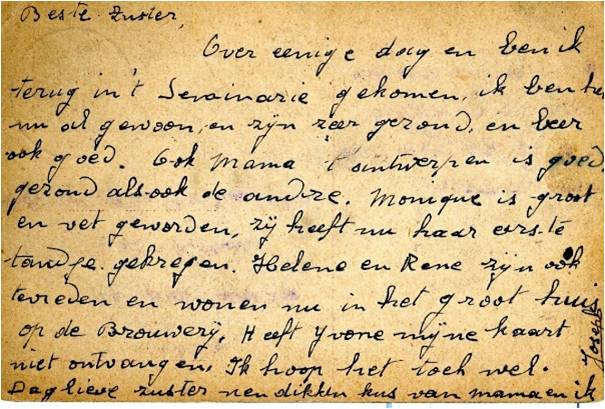
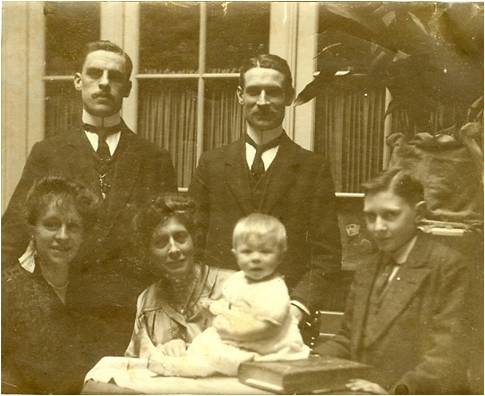


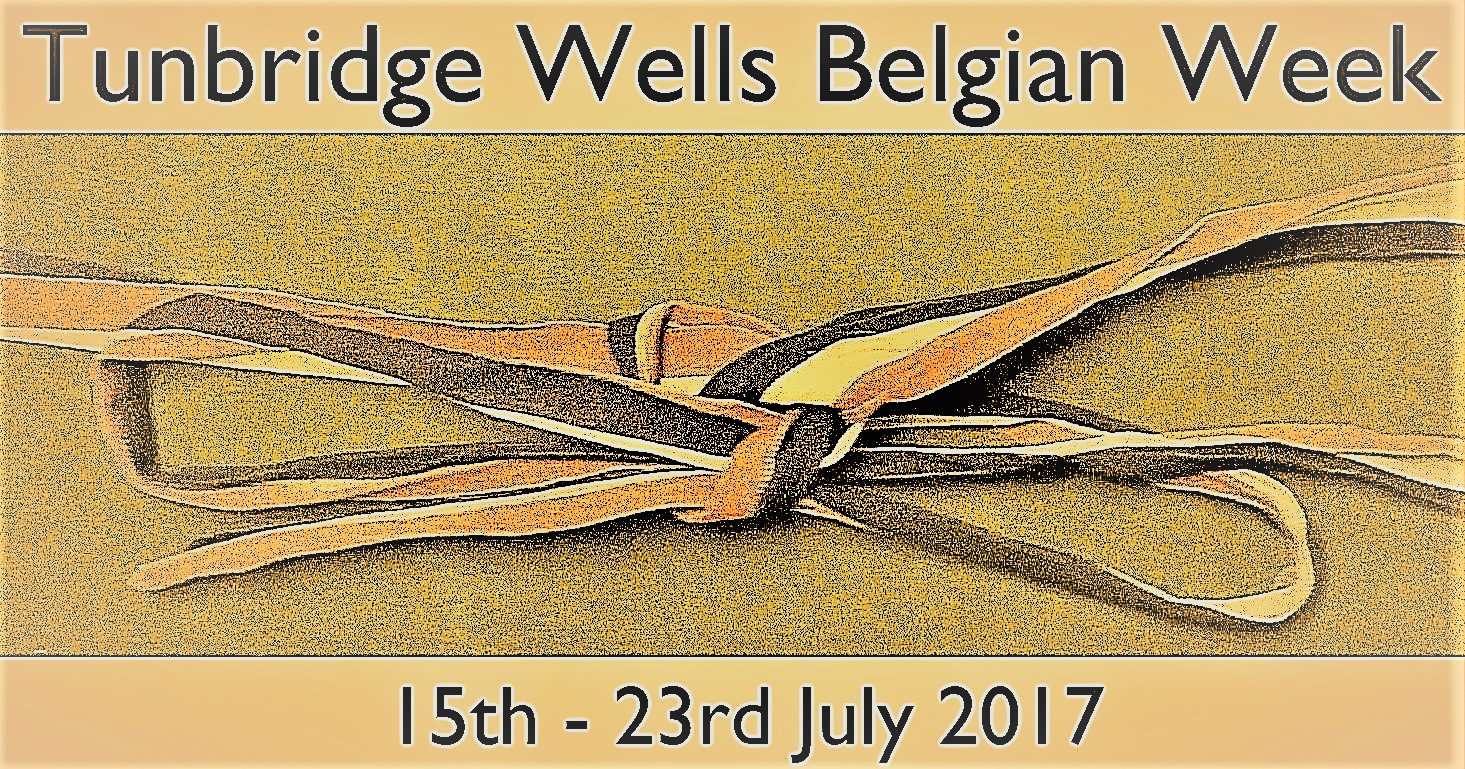 Sometime last year – or maybe the year before – the idea of marking the First World War Belgian Colony of Tunbridge Wells in some way wandered into my mind. Some sort of “Anglo-Belgian Friendship Event” to run during 2017, maybe over the Belgian National Day weekend in July. And perhaps we would be able to trace some descendants of the families who could join us…
Sometime last year – or maybe the year before – the idea of marking the First World War Belgian Colony of Tunbridge Wells in some way wandered into my mind. Some sort of “Anglo-Belgian Friendship Event” to run during 2017, maybe over the Belgian National Day weekend in July. And perhaps we would be able to trace some descendants of the families who could join us…
